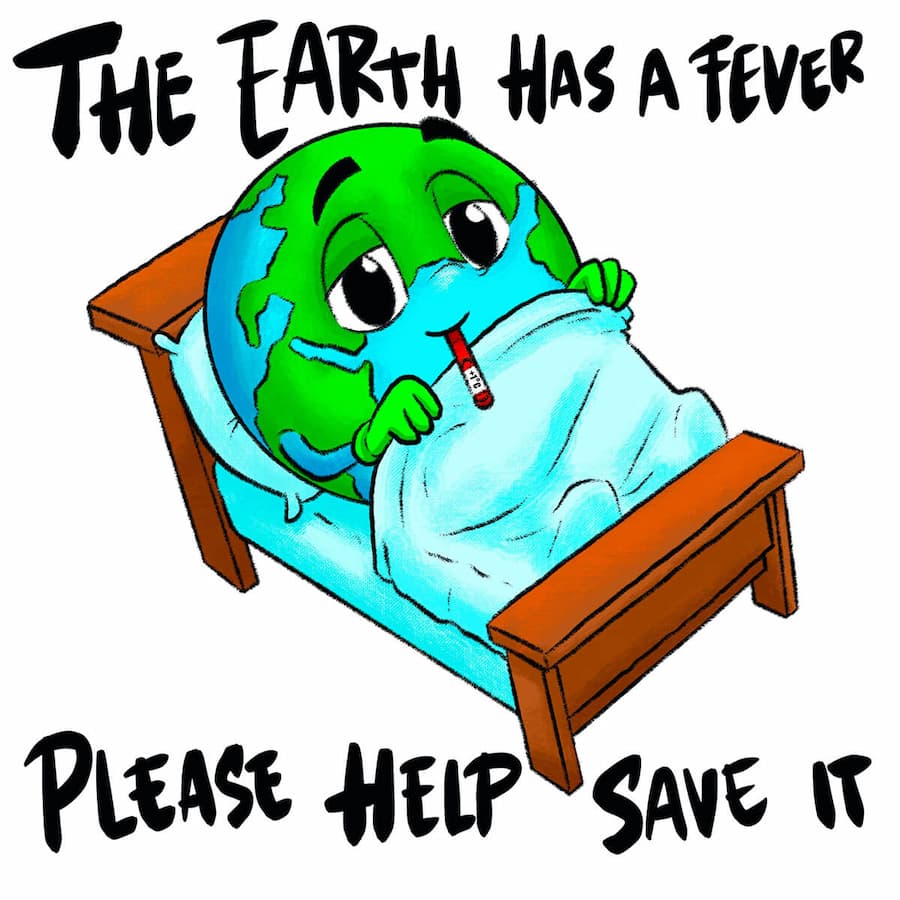The Great Pacific Garbage Patch
The Great Pacific Garbage Patch, also known as the Pacific Trash Vortex, is an environmental problem that has been neglected for far too long.
Incredible Size
However, the sheer size of it is not clear.
Although a study by the National Science Foundation suggests that it may be two times the size of Hawaii, other sources say that it is twice the size of Texas.
In fact, some even report that it may be bigger than the size of continental United States.
The reason for this ambiguity is due to both the transparency of the plastic debris and the fact that some of it has disintegrated into smaller fragments (it cannot be seen from satellites).
Based on results obtained by many scientists working in Alaska, it had been predicted in 1988 by the National Oceanic and Atmospheric Administration of the United States.
Between the years 1985 and 1988, these researchers measured neustonic (non-organismal floating aggregations) plastic in the North Pacific Ocean.
Discovery
The Great Garbage Patch was actually discovered nearly a decade later in 1997 by Charles J. Moore, an oceanographer and racing boat captain, while returning from a competition.
Essentially, when he was in the North Pacific Gyre (a large system of rotating ocean currents in the North Pacific), Moore noticed a massive amount of floating debris.
Ultimately, what he had inadvertently found became a quintessential example of marine pollution.
Composition
Today, the majority of waste is composed of plastic, which originates from petroleum.
Plastic is a material in which the earth cannot digest, and so every piece of plastic that was ever created still exists today.
This excludes the small percentages that were incinerated which released toxic chemicals into the atmosphere.
As a matter of fact, it takes hundreds or even millions of years for them to completely decompose.
Origins
In regards to the Great Pacific Garbage Patch, a great deal of the plastic came from ships and the rest from land-based sources, including coastal waters off Japan and North America.
The plastic is then carried off by ocean currents until it eventually reaches the center and stays in a vortex.
Instead of biodegrading, the plastic disintegrates into smaller pieces and eventually enters the marine food chain as it is ingested by aquatic organisms that stay near the surface of the ocean.
Unfortunately, it has a severe impact on larger organisms since the plastic accumulates in concentration as the plastic moves up the food chain.
In addition, many smaller animals die after swallowing pieces of plastic.
Could you actually see the difference?The Great Pacific Garbage Patch: https://www.climate-change-guide.com/great-pacific-garbage-patch.html
Posted by Climate Change Guide on Monday, April 21, 2014
Another Garbage Patch?
On a side note, there is also the existence of the North Atlantic Garbage Patch which is estimated to be hundreds of kilometers across in size.
It also has an astonishing density of over 200,000 pieces of debris per square kilometer.
In a similar fashion, it contains plastic marine pollution in a pattern akin to that of the Great Pacific Garbage Patch.
Needless to say, something must be done or else we shall suffer the dire consequences. If we do not act soon, our oceans will inevitably become a marine wasteland.
Oceans of Garbage
Please look at this PDF file and then the following video.Join the Community and Newsletter (5000 Subscribers)
You can subscribe to my Substack Page or see the archives of previous posts. More great content coming soon!
Recent Articles
-
Climate Presentations by Climate Reality
Mar 03, 24 12:17 AM
You can see great climate presentations by Climate Reality. They can be customized for different audiences. -
Make the Planet Great Again!
Mar 02, 24 11:33 PM
We need to make the planet great again! We will build a solar wall along the Mexican border and make the fossil fuel industry pay for it! -
Historical Climate Change News
Mar 02, 24 11:25 PM
This section includes historical climate change news you should know about. These articles span several different topics and will help you stay up-to-date. -
Hottest Years on Record
Mar 02, 24 11:05 PM
The hottest years on record have all occurred since 1998 which is quite alarming to say the least.


